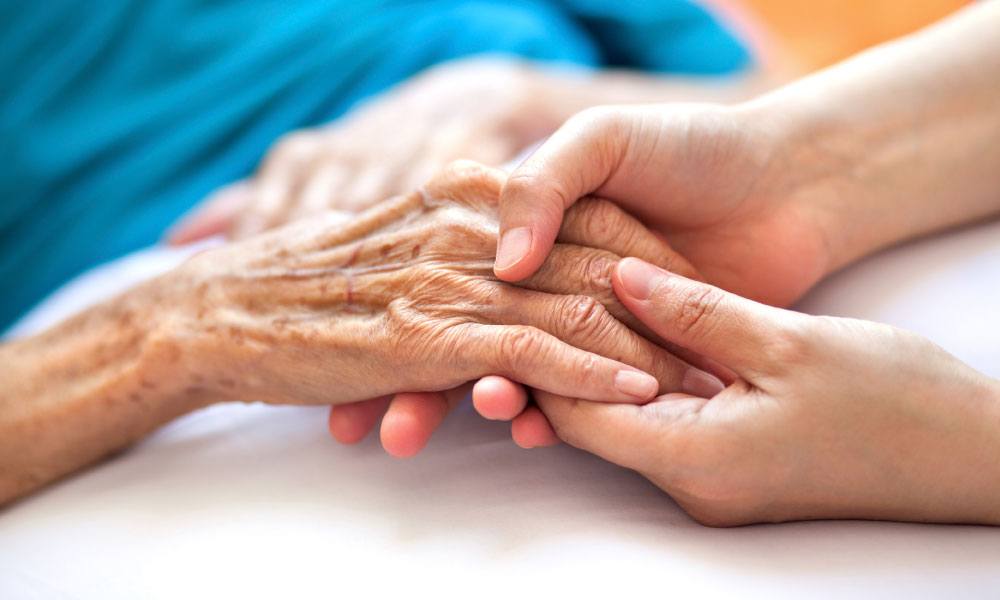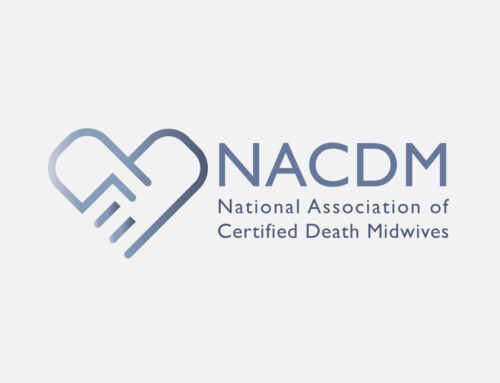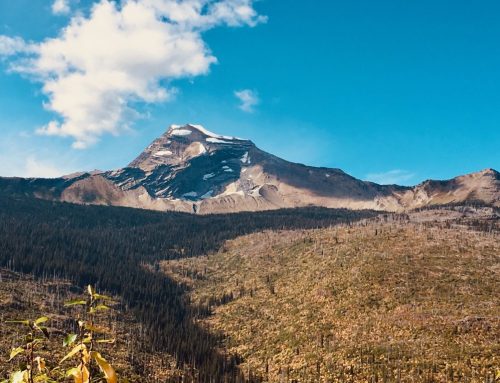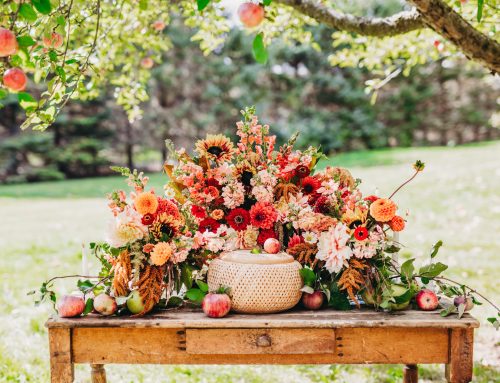
Certified Death Midwifery and a Look Toward the Future of Friends Southwestern Burial Ground (FSWBG)
In the introduction to CPMM member and Certified Death Midwife, Marnie Miller, which ran in the last issue of this Newsletter, I touched on the fact that the field of Death Midwifery has many varied facets. The primary focus Marnie herself has been drawn to is supporting individuals and families through the process of making advance preparations for death, wrapping their arms around the situation to make the detailed decisions that can shape the quality of end-of-life experience to meet their needs and wishes. This often includes walking people through the process of writing out their Living Will and Advance Directives, and preparing answers to a wide variety of questions such as: Do you want your children to have a chance to say goodbye to you? Would you refuse antibiotic medications, and under what circumstances? (Eg. If you have pneumonia refusing antibiotics might hasten death; if you have a UTI, refusing antibiotics might mean enduring discomfort, annoyance and disorientation.)
There are also many types of questions to be addressed regarding what people may want to happen after their death. Do you want a green burial, or to be cremated, to have your cremains buried or scattered? Do you want your computer browser history deleted after death? Are your passwords available to someone who will carry out your wishes concerning your online accounts? Is there a box of very personal items you would like to be destroyed or given to one specific person?
Death Midwives can help people identify their questions as they seek clarity, reach decisions and formulate plans. The Death Midwife may serve as a buffer between family members, or be a sounding board, helping the individual and family talk things through, so the person can plan to die on their own terms.
Marnie described Death Midwives’ work as filling the gaps between the funeral and medical industries and religion. Death Midwives can help families who want a home funeral and wish to bathe and dress the body at home instead of leaving these tasks to a funeral home. Death Midwives can help with pre-planning for death, funeral or memorial, and for body disposition. They can provide a safe environment for difficult conversations. They can help with the practical parts of death and dying. They can host “document parties,” to help groups complete advance directives and living wills and other needed forms for communicating one’s end-of-life care wishes, and to educate people about all the details that can go into good planning.
Lately Marnie is also working on outreach to link several communities to death and dying resources. Among them are local LGBTQ communities. She is also working with veterinarians who can share information and tools with their human clients experiencing pet loss.
In addition to efforts focused on working with individuals and families directly, Marnie and her sister-in-law, Kathy Miller, have created a business, Before I’m Six Feet Under, offering counseling, speakers, and forums for sharing experiences. They also cofounded the non-profit membership organization, the National Association of Death Midwives (NACDM) in 2021, as a “community of peers who share their knowledge, expertise, and best practices in support of compassionate and family-directed end-of-life care.” On a personal note, in response to my own elderly mother’s recent decline in health, I was able to locate a Certified Death Midwife, hospice care and other end-of-life support services near where my mother lives in another state with assistance from a person I located through the NACDM’s website directory.
NACDM’s website includes the statement:
"At NACDM, we believe that Certified Death Midwives are keepers of a sacred tradition. We believe that helping people to reclaim their right to care for their dead puts the decision-making and the grieving processes back where they belong — in the capable, loving hands of the dead and dyings’ families and close community members. Certified Death Midwives support this effort by providing the practical, emotional, and spiritual support, including education and advocacy, that best fits the needs, preferences, and beliefs of those seeking to reclaim a more hands-on, meaningful experience at end-of-life."
The varied body of knowledge encompassed by death midwifery and Marnie’s experience working as a Death Midwife has equipped her to bring a particular deep perspective to her participation on the Committee which leads FSWBG. In envisioning the future of our burial ground, Marnie draws in part upon the history of burial grounds. In the 1800s and early 1900s, the public commonly made use of cemeteries for rest, relaxation, and recreation. People had picnics in cemeteries, sunbathed, played, or even slept outdoors in them on hot summer nights before homes were air conditioned. In the past when it was more common for people to die at home, there was less avoidance of the topic of death, and less fear of it. The FSWBG ad hoc Long-Range Planning Committee several years ago laid out a vision for FSWBG to become an enriched resource to the community around it. Marnie has carried that vision forward in our committee, and helped us to expand it. Imagine families walking the grounds for relaxation and exercise in a calm green space. The community garden located there might become a Community Supported Agriculture (CSA) garden, a source of fresh flowers for graves, part of a summer gardening program for youth, etc. FSWBG’s ties to the history of the Underground Railroad could be explored and shared more fully, our wide variety of trees identified and labeled.
Having the great influx of Muslim burials at FSWBG for the past decade propelled the Burial Ground Committee into a steep learning curve addressing how to run a larger-scale burial-ground business than Friends had been called upon to do in the past, probably at least since the mass burials of the 1790s Yellow Fever Epidemic at the 4th and Arch Street burial ground. For a while in these recent years we were spinning, trying to understand what we should charge, how much space we had available for grave plots and how long that number might last, how to meet the needs of families, how to maintain the grounds and buildings. Marnie encourages us to slow down and stay attuned in order to run the business in keeping with Quaker values. We are serving several different needs, so we must look at the big picture and organize our efforts to address those different needs.
The Burial Ground Committee’s work is time-consuming, and people feel pressed for time. However, recruiting people to do activities they enjoy and are good at makes the work attractive and rewarding. Our burial ground has a rich Quaker history and deep connections to the history of the Upper Darby and Philadelphia communities. Our space can be cultivated as a resource for history education and an illustration of the past and current work of Quakers in the world. We could become a leader in advocating for and introducing new environmentally sound methods of body disposition, starting by setting aside some of our land and preserving it for such future uses. The committee is seeking new members who would like to work to enhance the burial ground as a green oasis for quiet recreation, a historic site and a leader in environmental preservation.
Envisioning the future of FSWBG, Marnie invites us to consider what FSWBG could be like now, for the next five to 10 years, and in 30, 100, 200, 300 years from now. FSWBG is a living space full of possibilities, and can become even more an instrument for good, helping people, families and communities. The Monthly Meeting has communicated to the committee that we want FSWBG to have many functions beyond just being a Burial Ground. FSWBG can serve as a medium for communicating Quaker beliefs and values, for living into those values so they can be witnessed by those who come into contact with us. We can share information more openly with the public, for example, the environmental reasons for why we wish to avoid plastic grave decorations, why we allow only green burials, etc. If we speak more openly about the basis for our policies and actions in Quaker values and the work of the spirit, might we stir people’s interest in Quakerism?
Dana Reinhold, Clerk
Burial Ground Committee
Reprinted with permission of the author.




